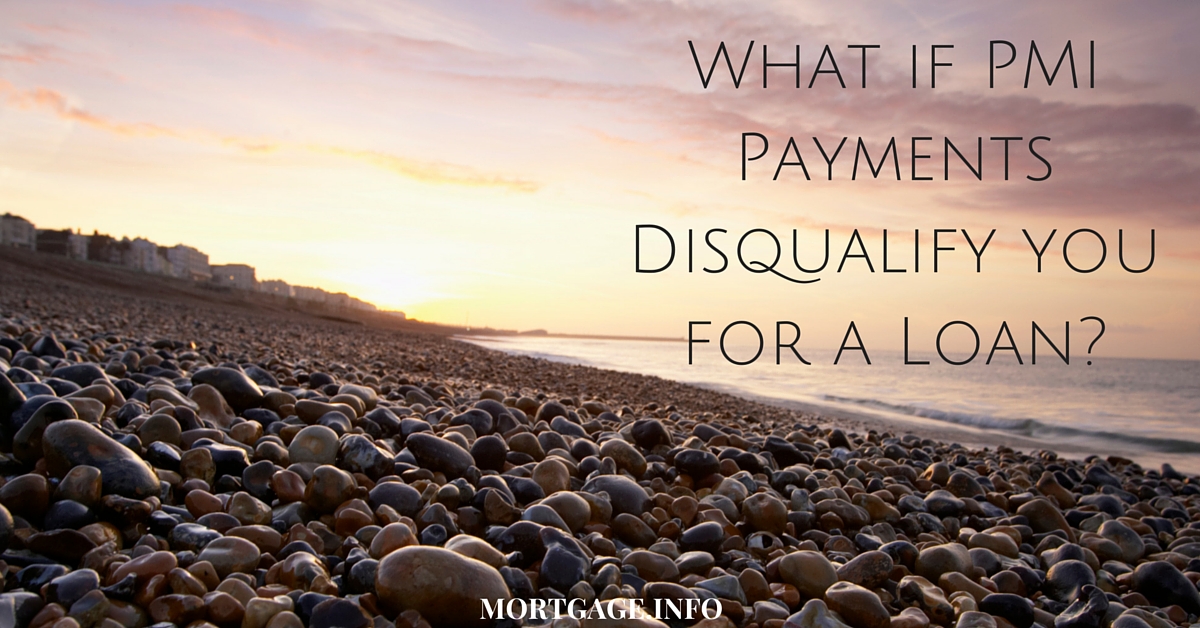 It happens all of the time – a borrower qualifies for a loan based on his credit, LTV, and income; even his debt-to-income ratio qualifies, until the Private Mortgage Insurance is added into the mix. When that pesky monthly fee is added because you did not put 20 percent down on the home, your debt ratio increases and you are suddenly pushed from the program that an approval was almost guaranteed for you. Does this mean it is the end of the road for you in terms of buying a home? The good news is that there is an alternative to those expensive PMI payments, but you have to ask for it – it’s called Lender Paid PMI.
It happens all of the time – a borrower qualifies for a loan based on his credit, LTV, and income; even his debt-to-income ratio qualifies, until the Private Mortgage Insurance is added into the mix. When that pesky monthly fee is added because you did not put 20 percent down on the home, your debt ratio increases and you are suddenly pushed from the program that an approval was almost guaranteed for you. Does this mean it is the end of the road for you in terms of buying a home? The good news is that there is an alternative to those expensive PMI payments, but you have to ask for it – it’s called Lender Paid PMI.
What is Lender Paid PMI?
PMI, as you probably know is Private Mortgage Insurance. There are two types of this insurance that you can qualify to receive:
- Borrower Paid PMI – This is the most common form of this insurance and is a monthly premium that the borrower pays with their mortgage payment. The money goes directly to the mortgage company with the mortgage payment, just as an escrow payment does.
- Lender Paid PMI – This is the same insurance, but the difference is who pays for it. The lender foots the bill for this one, paying the entire premium upfront rather than dividing it up into monthly payments.
You are probably wondering what the catch is at this point. Why would a lender pay such a large premium upfront? The answer is simple – to get your loan. But, there is a catch. Because they need to recapture that money that they just paid out of their own pocket in order to get the loan, they will increase your interest rate. The good news is that the increase is usually not incredibly high – the average is ¼ of a percentage point, which can translate into $30 – $50 on average depending on the loan amount and interest rate; of course, every loan payment will differ.
How to Qualify for Lender Paid PMI
Now comes the tricky part – you have to qualify for the Lender Paid PMI. It is not something that is provided to every borrower. Just as the lender needs to determine your risk level in order to provide you with a loan; he has to determine how likely it is that you will not default even more if he makes your PMI payments for you. If you are a high risk for default, then the lender will not make their money back and will be out more than just the insurance premiums they paid for you.
The lender will take a careful look at your credit score, debt ratio and loan-to-value ratio, just as he would for the standard loan approval. The key here is that you have to have exceptionally high credit and a lower LTV, even though it will obviously be higher than 80 percent, which is why you need the PMI in the first place. For example, if you have a 720 credit score and 85 percent LTV, you are an attractive borrower. On the other hand, if you have a 620 credit score and a 90 percent LTV, then you are much less attractive to the lender. Given the fact that you have a low credit score, high debt ratio (which is why you need the lender paid PMI) and high LTV, that is too many risk factors for the lender. However, every lender is different and is willing to take different risk levels, so it does pay to shop around with many lenders to see if one will accept your circumstances and pay the PMI for you so that your debt ratio is in line with the qualification guidelines.
If you decide that lender paid PMI is the best choice for you, shop around with a few lenders as not everyone will offer that program. Once you find a lender willing to offer lender paid PMI, get the quote in writing as you decide what you are going to do on your quest to become a homeowner.
